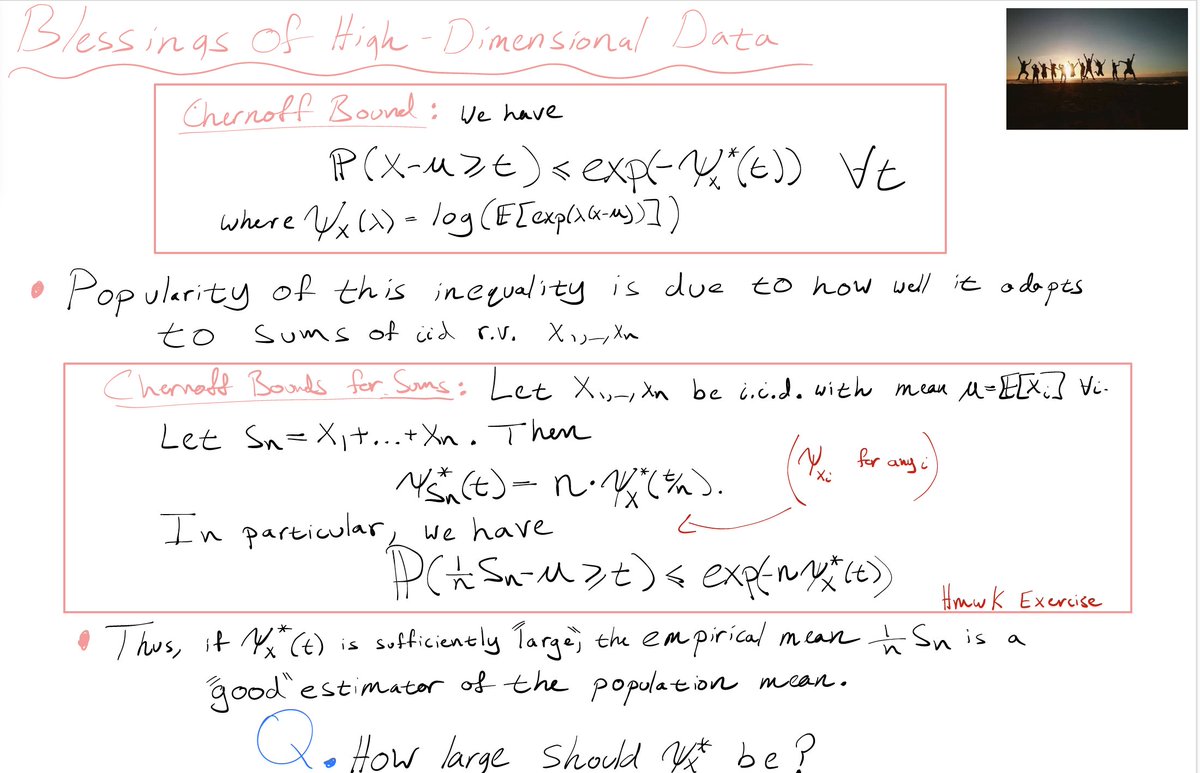I proved a super simple helper lemma.
In English the proof is 1 line.
In lean4, it took me around 50 lines of code.
1/n
In English the proof is 1 line.
In lean4, it took me around 50 lines of code.
1/n

The trickiest things:
1. Can't take basic math -- e.g., commutativity, automatic casting of naturals as reals -- for granted.
2. Tactics feel simultaneously powerful and weak. E.g., sometimes 'linarith' easily proves inequalities, sometimes not.
3. GPT4 is not v helpful
3/n
1. Can't take basic math -- e.g., commutativity, automatic casting of naturals as reals -- for granted.
2. Tactics feel simultaneously powerful and weak. E.g., sometimes 'linarith' easily proves inequalities, sometimes not.
3. GPT4 is not v helpful
3/n
Next up for me is figuring out support for convexity, differentiability, and the fundamental theorem of calculus. I'm also about 7 chapters in to the lean4 tutorial. I'll continue working through that in parallel.
I'm posting my code to a github repo, which i'll link below.
4/n
I'm posting my code to a github repo, which i'll link below.
4/n
Whoops forgot an assumption in the theorem statement above: The sequence a_k should be nonincreasing.
A ~30 line streamlined proof closer to my envisioned 1 line proof in English.
6/n
6/n
https://twitter.com/ericwieser/status/1731084883391344648
Terence Tao kindly sent me the following 3 line lean proof, which is exactly the proof I wanted to write! 

Terry’s blog on writing the proof.
https://twitter.com/damekdavis/status/1732369224427807030
• • •
Missing some Tweet in this thread? You can try to
force a refresh











